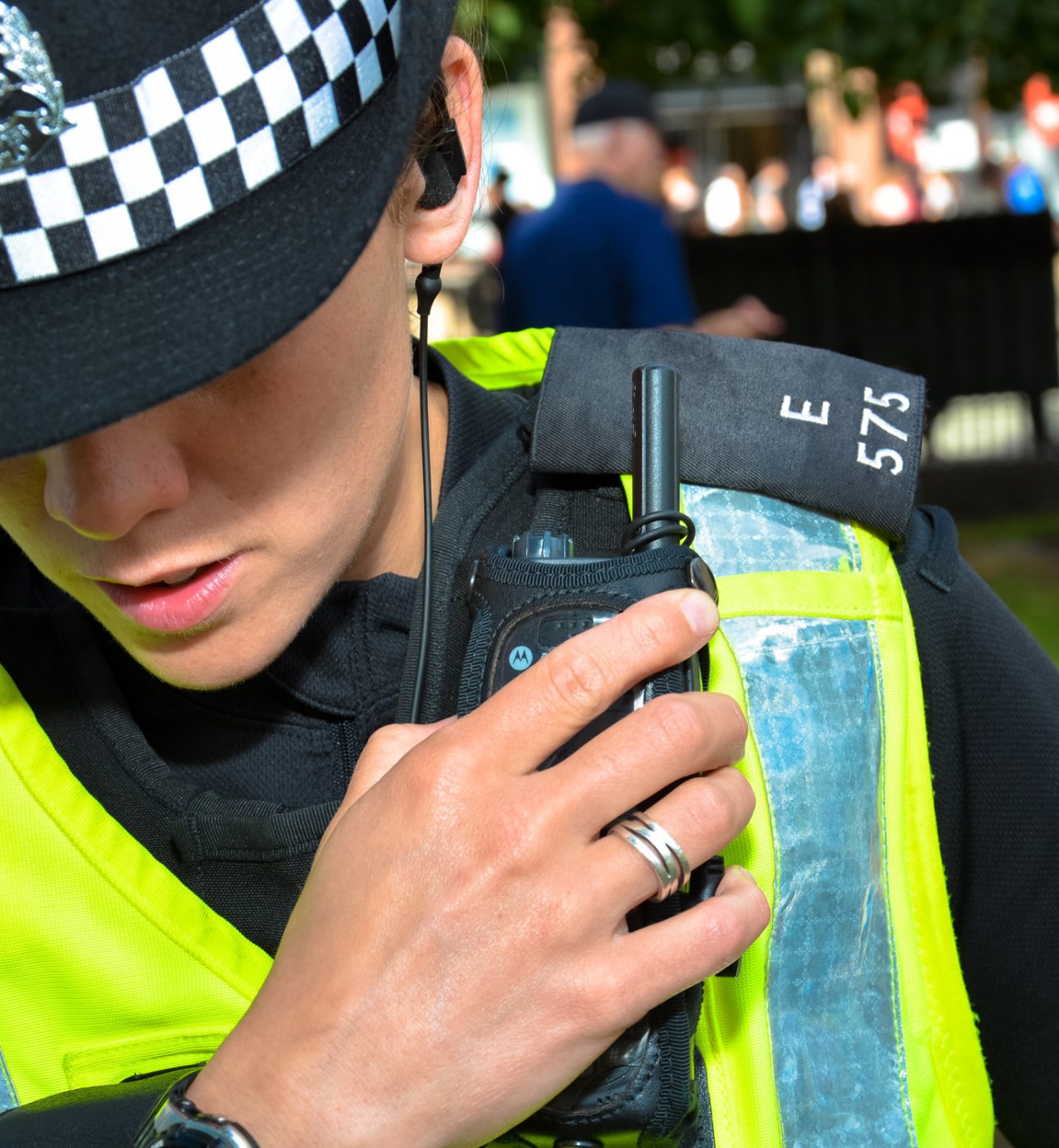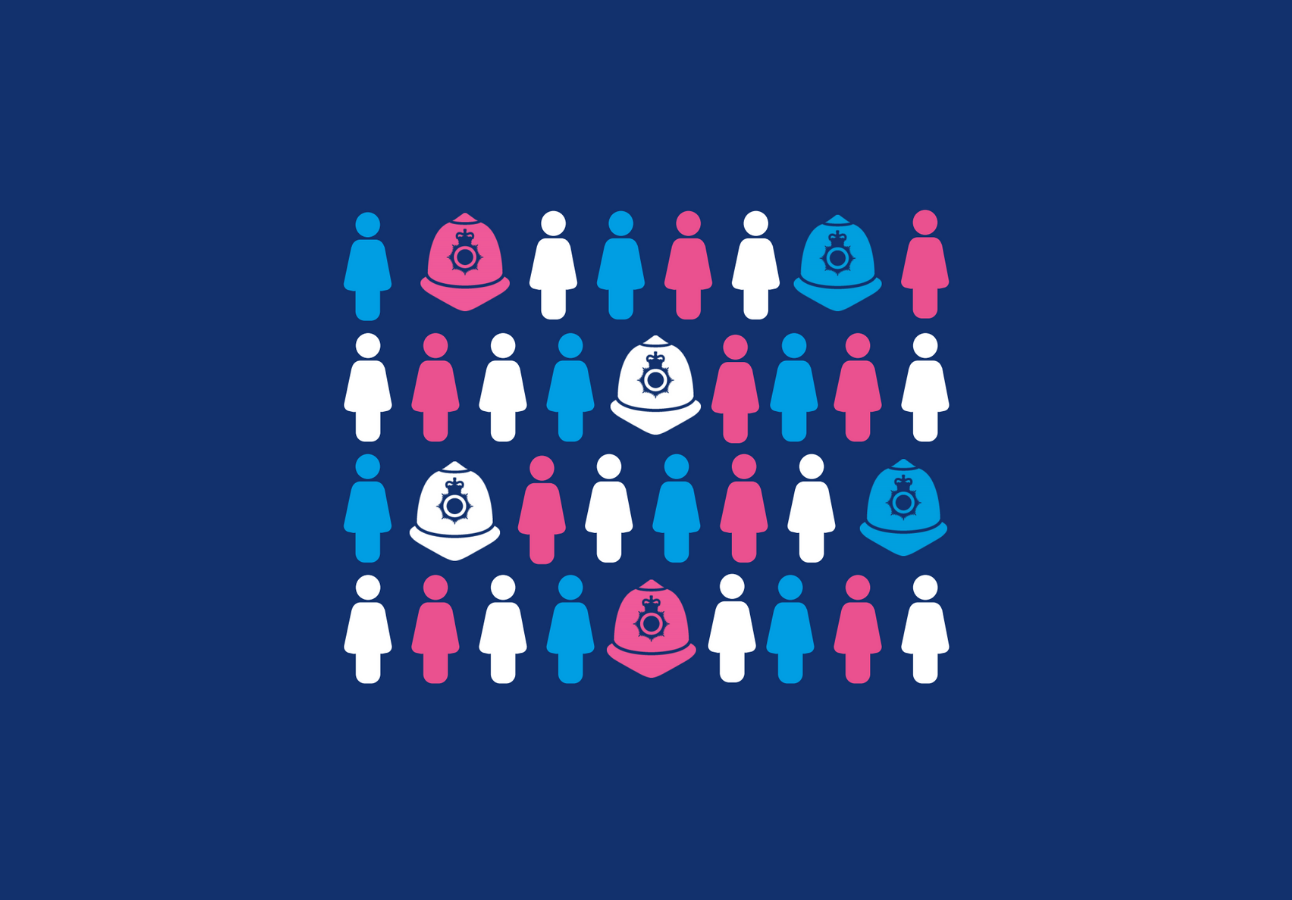
As this framework transforms into plans for forces, we hope to see further development on:
Pillar 1: Build trust and confidence
It is a big task to restore trust in male-dominated institutions that have repeatedly let us down. The proportion of men across the police workforce is very significant. If officers and staff are able to think about their role as individual men as well as first responders, it will be valuable in shifting culture inside a force, and also within society. There’s a leadership opportunity available here – we urge forces to take it. We also encourage them to work beyond policing to build partnerships across agencies and frontline voluntary sector organisations, especially those who work with minoritised communities.
Pillar 2: Relentless perpetrator pursuit
For far too long, we have asked ‘why doesn’t she just leave?’ instead of ‘why doesn’t he stop?’ Relentlessly challenging perpetrator behaviour can identify and stop harm by dangerous individuals. We want to see police forces thinking robustly and laterally about how they apply not just specific powers on VAWG, but all the enforcement tools available to prevent harm and stop harmful individuals. Removal of weapons, uninsured vehicles, access to online sites, fraudulently obtained finances, dangerous dogs… stopping the proxies of individuals in prison from continuing harassment. The necessary powers are already available to significantly disrupt the behaviour of harmful individuals.
Pillar 3: Safer spaces
Hotspotting the most dangerous online spaces will need to include police and National Crime Agency attention to those spaces where the radicalisation of men into dangerous, active misogyny is happening. These spaces are a threat not because girls and women are in them, but because a radicalisation process is focused on making girls and women into the enemy, and into legitimate targets for violent or abusive action.


